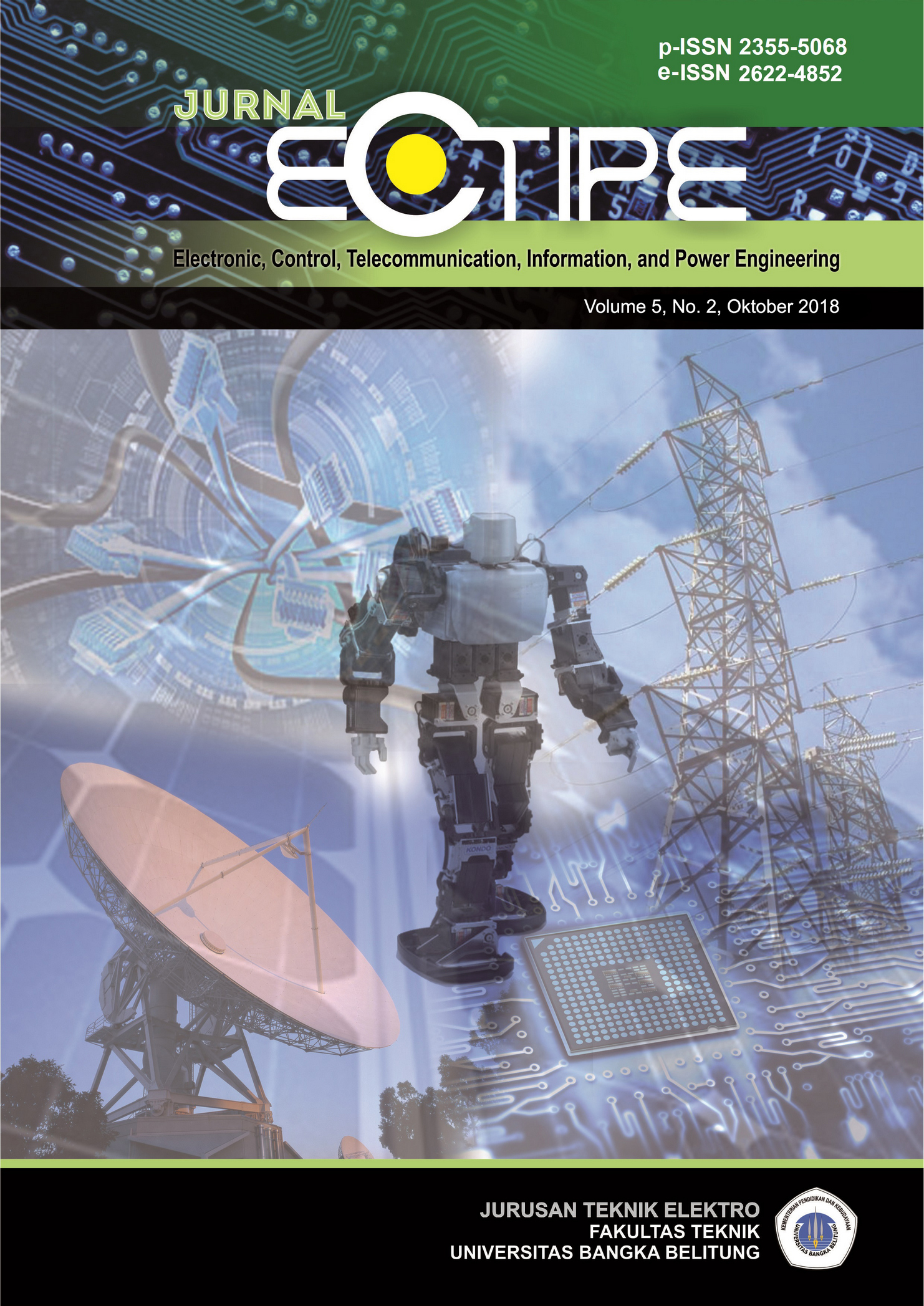APPLICATION OF K-NEAREST NEIGHBORS MODEL IN ELECTRICAL POWER NEEDS CLASSIFICATION FOR EACH REGION IN LHOKSEUMAWE CITY
DOI:
https://doi.org/10.33019/ecotipe.v5i2.646Keywords:
Classification, clustering, load electricity, KNNAbstract
Classification for electric power requirements for each region is very necessary in order to describe the power conditions needed This is very important for new customers to want to know the power provided, otherwise old customers can also see and reduce power or add power according to needs. The variable used is the area of the house, the amount of electric power that will be used and has been used, the combined income of parents (dirty) / month, the amount of power of the lights at home, then continued with the classification of the estimated electrical power provided. Furthermore, the classification used is the determination of the class of Tariff / Power R-1/450 VA subsidies, R-1/900 VA subsidies, R-1/900 VA-RTM (capable Household) non-subsidized, R-1/1300 VA non-subsidized, and Tariff / Power class R-1/2200 VA non-subsidized. Furthermore, for testing using training data samples as many as 20 sample data from each customer that will be seen with the closest neighbors. For power samples consist of testing variables and classification types. K-Nearest Neighbors (KNN) test for house area is 3, power 3, income 2, total power, 3 and energy consumption used is 4. Results from this research is the application of technology in the KNN in the determination of the power requirements for each region at Lhokseumawe City.
Downloads
Downloads
Published
Issue
Section
License
Copyright in each article is the property of the author.
- The author acknowledges that the Jurnal Ecotipe (Electronic, Control, Telecommunication, Information, and Power Engineering) has the right to publish for the first time with a Creative Commons Attribution 4.0 International License.
- The author can enter the writing separately, regulate the non-exculsive distribution of manuscripts that have been published in this journal into other versions (for example: sent to the author's institution respository, publication into books, etc.), by acknowledging that the manuscript was first published in the Jurnal Ecotipe (Electronic, Control, Telecommunication, Information, and Power Engineering);

















